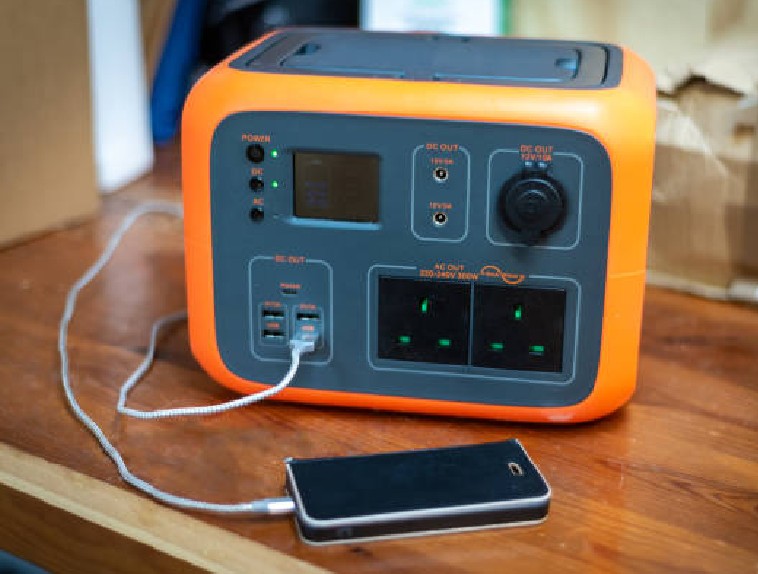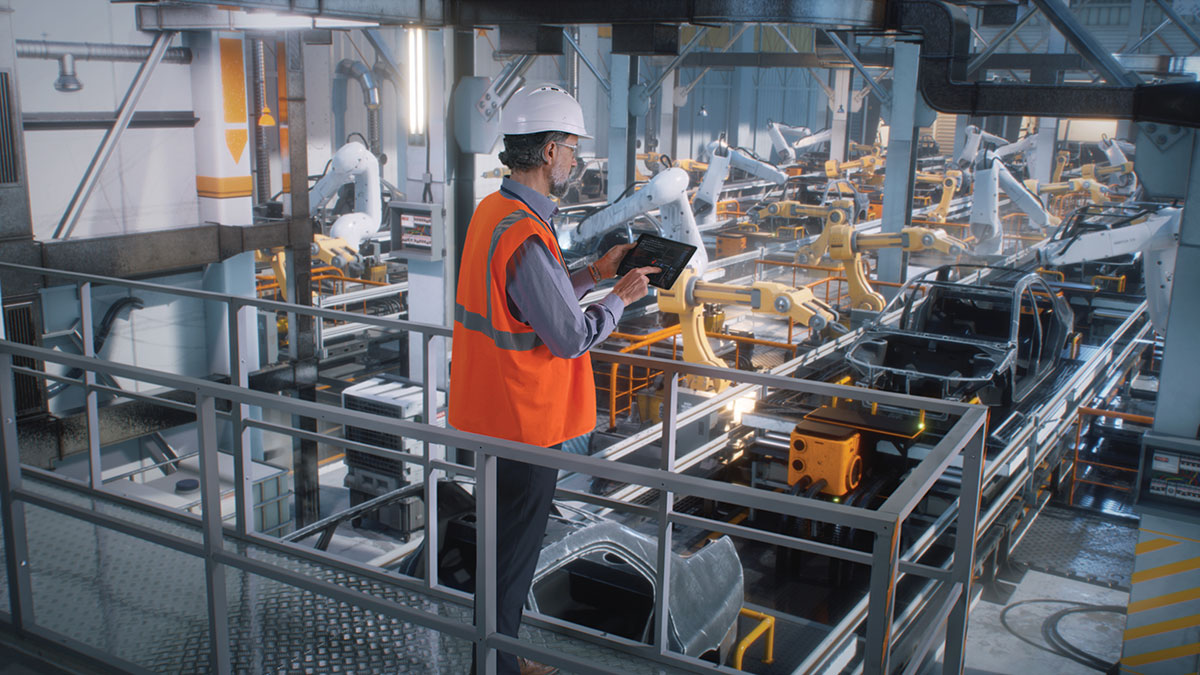Question: UL field evaluations
I’ve heard UL has revamped its field evaluation program. What is the new process for performing a field evaluation?
Answer
UL’s Field Evaluated Product services have changed during the past year to include new processes, a uniform pricing schedule and improved delivery. But one thing hasn’t changed: field evaluations still often occur as unplanned have-to-get-it-done-today-or-mybusiness-can’t-open” events. UL conducts field evaluations to meet customers’ needs and to provide AHJs the information they need to “approve” installations. A field evaluation can be broken down into four phases, all often taking place in a few days: the request, dispatching of qualified field engineers, the evaluation and the report.
The request for a field evaluation may come early on in a project from anyone, including the manufacturer that made the equipment. Most of these evaluations can begin at the equipment manufacturer’s facility followed by a final check, as required, at the final installation location. UL prefers starting at the manufacturer’s facility since manufacturers are familiar with the product, have
technical resources available, have a ready source for parts and are equipped to make any modifications necessary for compliance. This type of request is typically built into a project during initial planning.
The most common type of request for a field evaluation after an AHJ has red tagged a piece of equipment that has already been installed. This customer needs answers now and service delivered quickly. This is where UL’s next-day service is very important.
Requests for field evaluation services are directed to UL’s dedicated field evaluation coordinators, who are located throughout the United States. The coordinator takes the information, provides a cost estimate for the first visit, as well as the often-needed second visit. When the customer accepts the proposal and payment methods are arranged, UL dispatches a field evaluation staff. If requested, the UL staff can often arrive the next day. However, some jurisdictions require prior authorization from the AHJ to proceed, which may take an additional day or so. Once scheduled, UL notifies the jurisdictional authority by e-mail.
Correspondence to the AHJ is sent to the chief electrical inspector, the senior inspector or the jurisdiction supervisor, depending on the organizational structure of the jurisdiction. This notification describes the party requesting the service, the type of equipment involved and the anticipated date of UL’s visit. Throughout the entire process, UL stays in close communication with
the AHJ, advising him or her of the project’s status.
UL recently assigned dedicated field evaluation staff trained to evaluate a multitude of equipment, and supported them by providing additional training in the NEC and AHJ concerns.
Once UL field evaluation staff member arrives on the job site, he or she prepares a documentation review, makes a visual and mechanical inspection of the equipment, including determining its suitability for installation in accordance with the NEC, and execution applicable tests. If there are no issues found, the equipment receives a UL Field Evaluated Product (FEP) Mark.
Back at the UL office, we prepare a final report for the client and AHJ. Th e report describes the product, the installation site, the conditions of acceptability for the equipment, the standards used during UL’s evaluation, construction and performance test results, any discrepancies found and how they were resolved, as well as digital photographs.
In the event the first visit yields discrepancies, UL staff can work with an on-site technician to try to resolve the issues, avoiding a second visit. If the discrepancies are not resolved during UL’s first visit, and the second visit cannot be scheduled promptly, UL provides a detailed Preliminary Findings Report (PFR) to the client, with a copy to the AHJ. Th e elements of this report are similar to the final report except that it informs the customer and the AHJ that the UL FEP Mark was not applied and why.
As you can see, many things happen quickly. As the FEP program matures, UL is proactively working with contractors and suppliers to build the FE process into their planning process. This will ease the hectic pace for all parties and provide safe equipment for all concerned. For more information, please call UL’s toll-free customer service line at 1-877-854-3577.














Find Us on Socials